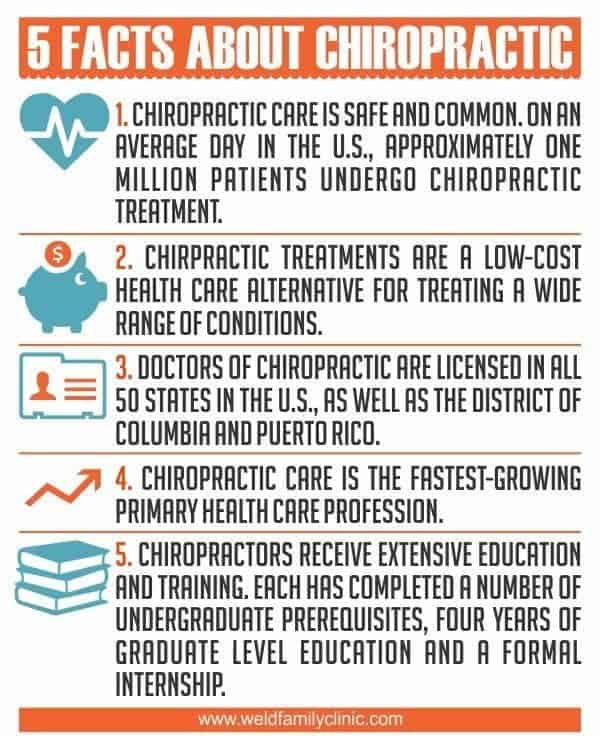Understanding The Distinctions Between Cold Laser Therapy And Conventional Therapies
Understanding The Distinctions Between Cold Laser Therapy And Conventional Therapies
Blog Article
Posted By-Michaelsen Lomholt
When considering your treatment choices, it's important to comprehend the differences between cold laser therapy and traditional techniques. Cold laser treatment employs specific light wavelengths to improve recovery without discomfort, while traditional therapies typically entail medications or intrusive procedures. Each method has its pros and cons, which can substantially influence your healing. So, what factors should you evaluate to determine which technique could be best for you?
Mechanisms of Activity: Exactly How Cold Laser Therapy Works Compared to Conventional Therapies
While standard treatments frequently count on pharmaceuticals or intrusive treatments to relieve pain and advertise recovery, cold laser therapy utilizes a non-invasive approach that directly targets damaged tissue.
This treatment uses certain wavelengths of light to penetrate the skin, promoting mobile task in impacted areas. You'll discover that the light energy advertises ATP production, boosting cellular metabolic process and promoting cells fixing.
Unlike traditional techniques, cold laser therapy does not develop warm or trigger pain, making it a more bearable alternative. By raising blood flow and decreasing inflammation, it encourages faster recovery without side effects related to medications.
As you discover your choices, comprehending exactly how these systems work can aid you make notified choices about pain management and recovery methods.
Conveniences and Effectiveness: Assessing Outcomes of Cold Laser Treatment Versus Conventional Approaches
As you contrast cold laser therapy to traditional therapies, you'll locate that the advantages and efficiency of this cutting-edge technique can be fairly engaging.
Cold laser treatment frequently brings about quicker pain relief and decreased inflammation without the side effects generally associated with medications or intrusive procedures. Patients regularly report enhanced flexibility and faster recovery times, making it an attractive choice for various problems, consisting of bone and joint injuries and chronic pain.
In addition, its non-invasive nature indicates less threats of difficulties, allowing you to resume day-to-day activities sooner. Lots of studies support its effectiveness, showing significant enhancements in pain monitoring and healing rates.
Potential Drawbacks: Threats and Limitations of Cold Laser Therapy and Typical Treatments
Despite the appealing benefits of cold laser therapy, it is necessary to consider prospective drawbacks and limitations connected with both this treatment and standard techniques.
Cold laser treatment might not be effective for every person, and its outcomes can vary based upon specific conditions. Some clients might experience light side effects, such as temporary pain or skin inflammation.
On the other hand, traditional therapies typically feature risks like negative effects from medicines or difficulties from invasive treatments. Furthermore, conventional treatments might require longer recovery times.
It's essential to evaluate these elements when selecting a therapy strategy. Consulting with a health care specialist can help you identify the best technique for your particular needs and circumstances.
Conclusion
To conclude, comprehending the differences between cold laser treatment and standard therapies can empower you to make informed medical care choices. neck and back pain treatment stamford ct provides a non-invasive choice with quicker discomfort relief and fewer adverse effects, while typical techniques may be extra familiar but might entail longer healing times. Evaluating laser therapy for quitting smoking reviews and downsides of each method is important for discovering the best option for your private requirements. Trust your reactions and seek specialist assistance to navigate your therapy choices.
